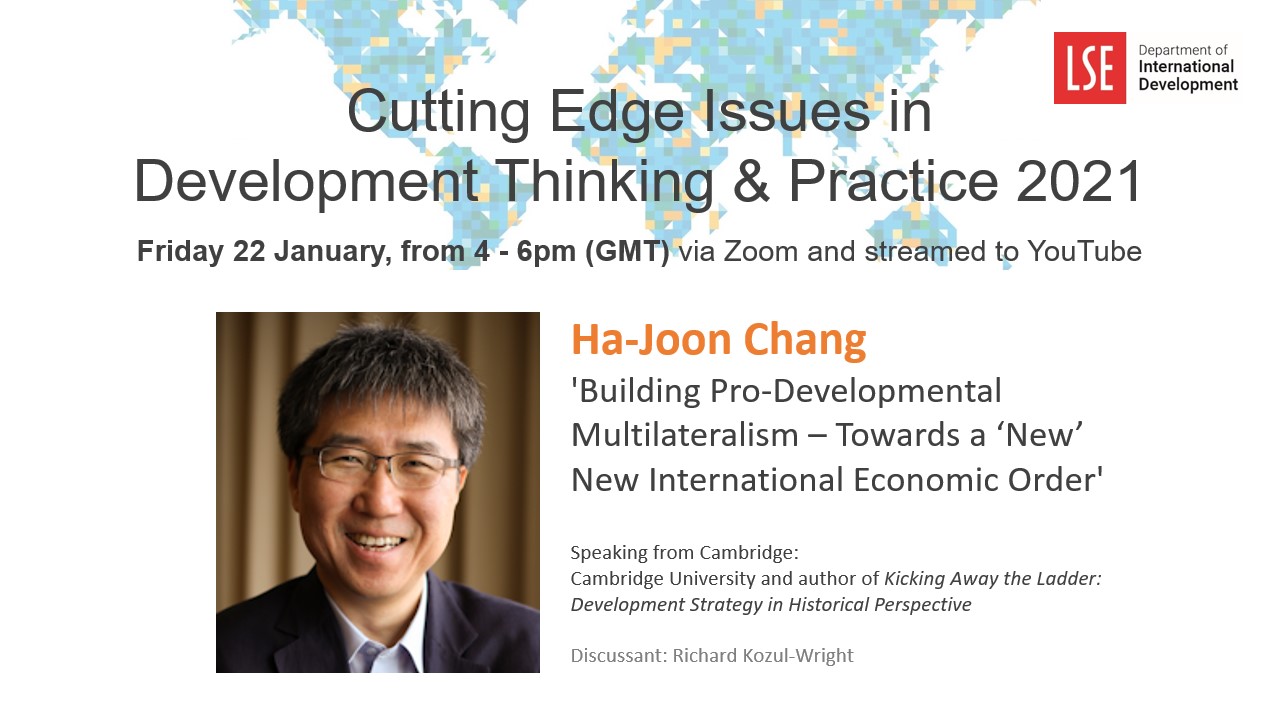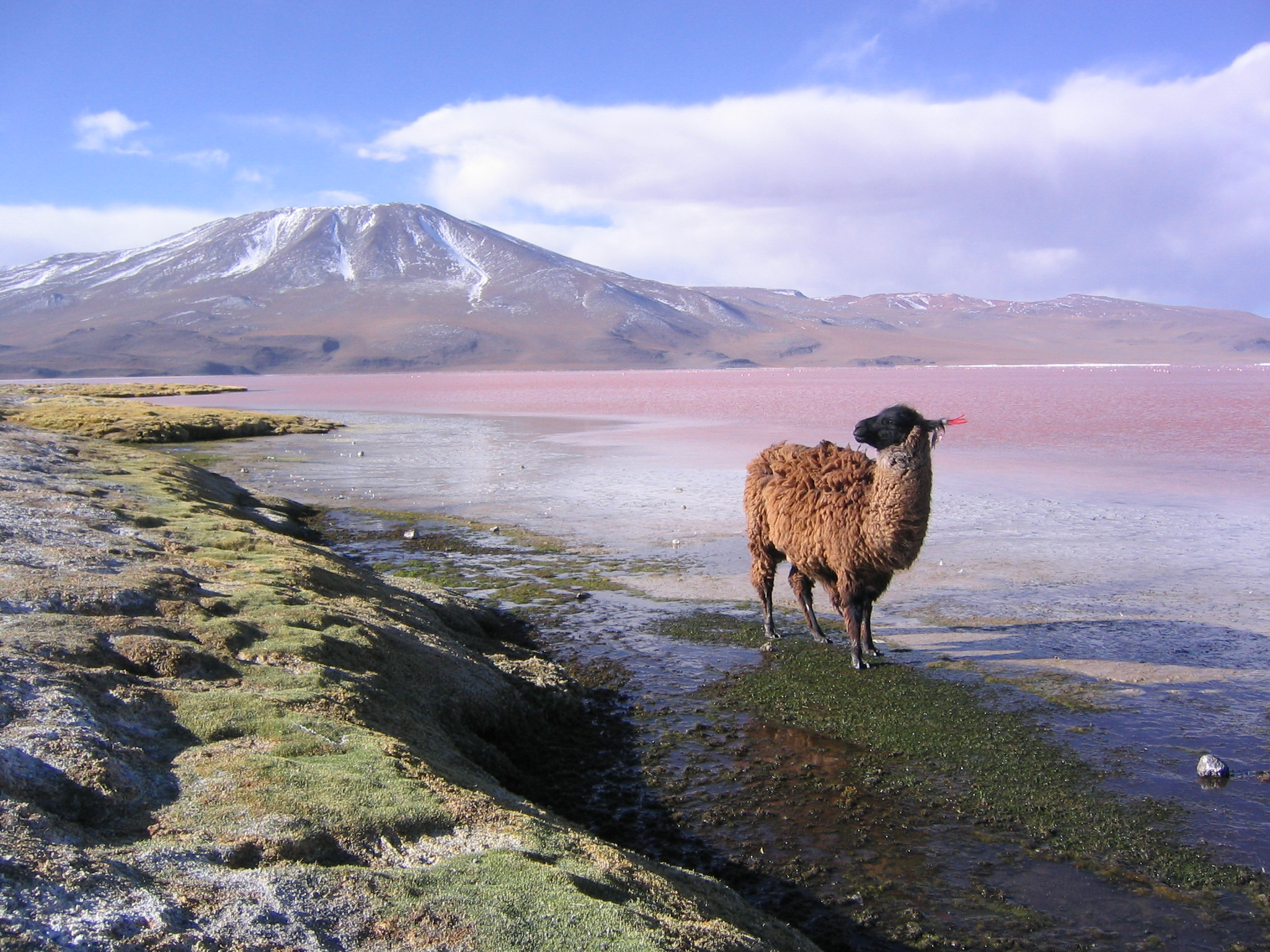Amanda Schwartz, MSc Development Studies alumni and co-founder of The Ring Project, considers the recent murders of two UN experts in Congo and the implications on humanitarian space in context of the worsening political situation within the region.
The New York Times ran an article on May 20th, 2017 titled For 2 Experts Killed in Congo, U.N. Provided Little Training and No Protection. It was written in response to the recent murders of Swedish national Zaida Catalan and the United States’ Michael Sharp, both members of the UN Group of Experts on the Democratic Republic of Congo. Their Congolese interpreter, Betu Tshintela, was found dead as well, although his name did not make nearly as many headlines.
It is still unclear who is exactly responsible for their deaths, but it is certainly within the realm of possibility that the Kabila government was involved. Catalan and Sharp were investigating recent human rights violations in the historically peaceful Kasai province when they went missing, and their bodies were found shortly thereafter.
Catalan and Sharp’s deaths rocked the international aid community in Congo and sparked a debate well outside of its borders. Tshintela’s death was less of a publicised controversy, but we’ll get to that in a minute.
Although it’s generally a good idea indeed to stay away from online comments on news articles (sanity is a nice thing if we are lucky enough to be afforded such a luxury, and online trolls simply adore ruining the party) – in this case, reading a small assortment of them is a fairly useful exercise in the pursuit of understanding the concept of “humanitarian space.”
What were people like Catalan and Sharp doing in a place like Congo? A place where they, some assert, did not belong? These questions were asked in more colourful terms, of course, but their basic essence remains consistent.
For those of us steeped in international development discourse, we might think of this as a rudimentary argument. And in fairness, I think the New York Times failed their journalistic responsibility in publishing this article. For various reasons, I think it was misleading and a gross oversimplification of a very complex issue in a very complex country. And it certainly did not accurately represent who Zaida and Michael were.
But the trolls are knocking on the doors of the ivory tower. Did the international community fail Catalan, Sharp, and Tshintela due to our collective inability to navigate the changing landscape of what it means to be a humanitarian?
In quasi-technical terms, “humanitarian space” as a phrase became a thing in the early 1990s, when former Médecins Sans Frontières (MSF) President Rony Brauman referred to a “espace humanitaire” in which humanitarians should be “free to evaluate needs, free to monitor the delivery and use of assistance, free to have dialogue with the people”.
What that means is that, as an international community, we have decided that is it within reason to expect that regardless of the situation “on the ground,” some people should be able to come in to some places and deliver life saving goods and services to other people, and to sometimes conduct assessments of violence and unrest whilst doing so.
For the record, “on the ground” is a general euphemism for “impunity for actors from the Global North running around the Global South.”
In a litigious sense, International Humanitarian Law concurs. Yes, if people are dying and the government is unwilling or unable to provide assistance, it is right and just that outside resources be allocated to step in and save lives. The general idea is that as long as such resources are treating all parties to conflict or violence equally and without judgement, it is in everyone’s best interest to allow such aid to be distributed.
However, the Global North is largely responsible for dictating International Humanitarian Law in the first place. This being the case, we must question whether this is a reasonable assumption.
On one hand, international aid workers have saved literally millions of lives. On the other hand, aid organizations have come under all sorts of criticism, ranging from benign (do no harm doesn’t equal positive change) to disturbing (saving the lives of perpetrators of the Rwandan genocide was particularly unpopular). Not to mention, the type of American-inspired exceptionalism which informs the notion that (oftentimes) white people should be able to enter violent conflict zones with the expectation of being spared is problematic, to say the least.
In a practical sense, customary law sometimes concurs – on a case by case basis, depending on the time and depending on the place.
It is true that in many cases, neutrality has been a large determining factor in how safe humanitarian actors are in conflict zones. MSF and the ICRC are highly regarded with a relatively good track record in DRC due to their neutrality-driven mandates. The UN, on the other hand, has reaped (and sown) a much more tarnished record. This is why the group of experts for which Catalan and Sharp worked was technically an independent arm of the international superbody – distance from, rather than association with, the UN was meant to keep them safer, contrary to what the NYT surmises.
They were part of a machine that followed the basic logic of humanitarian space.
In Congo, it is historically rare that foreign aid workers have been killed. Not unheard of, but statistically rare. This is likely why a place like Goma, the capital of North Kivu province and perceived to be one of the more unstable areas of eastern Congo, has been overrun with international aid organizations. This list puts the number at just over 100, but the list I received from an official at UNHCR counts over 300. And that was in 2014.
However, the amount of local aid workers employed by international organizations who have been killed in Congo is much more statistically significant. Perhaps this is due to an increase of organizations wanting local buy in – more local employees means supporting the economy and investing in “sustainable measures” towards peace. Yet it also means allowing local Congolese to bear the brunt of the risk associated with humanitarian work. When the rebel group M23 took over the city in 2012 and the going got tough, the UN fled along with much of the rest of the aid community. Local employees, however, did not have that option.
So, when we say humanitarian space, for whom are we speaking?
What do Catalan, Sharp, and Tshintela’s murders say about the changing landscape of our notion of humanitarian space in Congo, and why does it matter?
What it tells me is that something is faulty with our current understanding of how humanitarian space works in practice, and that we are failing to be egalitarian in our definition of who exactly deserves such space. For all intents and purposes, Catalan and Sharp were both well regarded, impartial, experienced, and working for the good of Congo’s people. Tshintela unknowingly embarked on an ill-fated journey alongside two people with whom he thought he was safe.
It tells me that the international community’s understanding of humanitarian space has not evolved with the changing state and non-state actors that contribute to conflict. LSE’s own Mary Kaldor has a lot to say on this. Although the death of aid workers is not new, humanitarian space does seem to be shrinking for international actors and perhaps never really existed for local people. And this is not only true in Congo.
Zaida Catalan, Michael Sharp, and Betu Tshintela were in pursuit of a noble service. They are also well accompanied in death by millions of Congolese people whose names we do not know. It is high time to recalibrate what humanitarian space is, to whom it applies, and how it is enforced – for all of their sakes.
Amanda (Robinson) Schwartz, earned her MSc in Development Studies at the London School of Economics. She now lives on her houseboat in California. She is the co-founder of The Ring Project and works another full time job as a Program Officer for WAKE, a women’s rights organisation in San Francisco.
The views expressed in this post are those of the author and in no way reflect those of the International Development LSE blog or the London School of Economics and Political Science.





